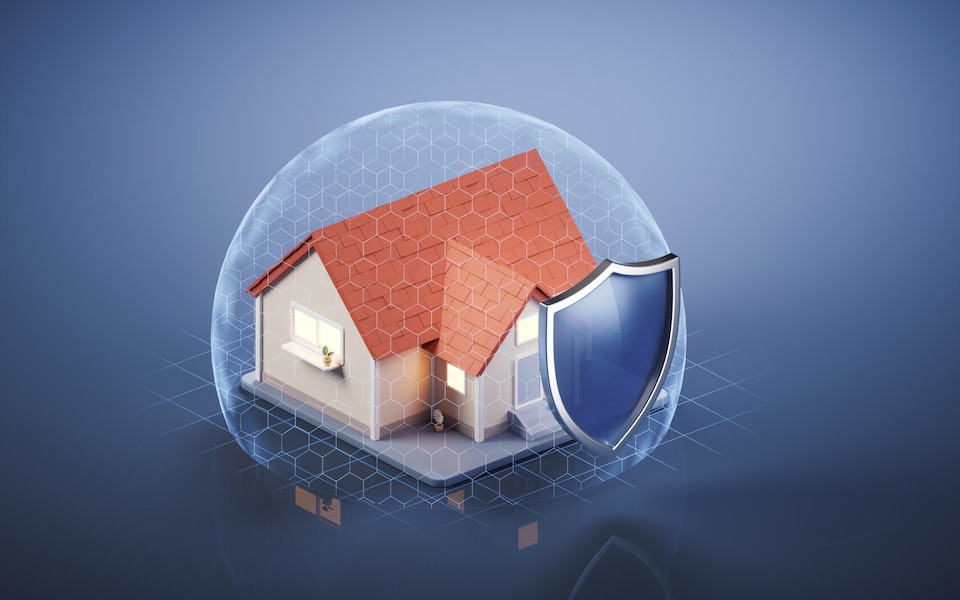Extreme weather conditions, such as heat waves, earthquakes, floods, etc., seem to be a more significant part of our daily lives with each passing year. Recent natural disasters have drawn public attention in India with an earthquake in Delhi, heat waves in Bengal, and cyclones in Orissa.
Protection of our dream home from natural disasters is our foremost priority. When you know your home is built to be disaster-proof, your confidence and comfort will rest at peace.
In an effort to construct more robust, higher-quality constructions, architects and engineers are looking for materials used in building construction that can protect homes from some of the consequences of natural and man-made disasters.
On that note, in this blog, let’s have a look at some building construction materials that can make your dream homes disaster-proof.
Construction and Building materials Designed to Withstand Natural Disasters
- Steel
Steel products like beams and plates considered structural steel, are great materials for strengthening a building to withstand strong winds or earthquakes due to their ductility. In other words, steel permits buildings to “bend” without breaking or cracking, unlike brick and concrete.
- Concrete
Besides steel, there are other materials that can withstand natural calamities. One of them is concrete. Concrete can withstand wind and water produced by natural disasters like cyclones and severe thunderstorms. In reality, when it comes to strong winds, it’s the debris (such as trees) often accompanied by the winds that pose the biggest threat and have a tremendous potential to inflict harm. Therefore to prevent any harm during such situations, refined concrete wall systems will better withstand structural damage when struck by debris.
- Water Pipes
Rigid, solid pipelines have a propensity to bend and bust during an earthquake, sometimes resulting in water damage in addition to structural damage. Flexible pipes are advised for buildings in earthquake-prone zones because they bend and move with the structure instead of breaking when faced with resistance. Such solutions will not only keep pipes safe but also potentially reduce leakage.
- Damping Systems
Buildings with integrated damping systems are intended to absorb shock during earthquakes. The severity of vibrations is thereby lessened when substantial weight is placed on a building’s top and connected to dampers. The building contractors can integrate the damping systems throughout the entire structure or construct them on a smaller scale, such as merely in the bracing system of a commercial building.
- Waterproofing
If you live in a flood-prone area, using non-absorbent materials like concrete, metal, or plastic for walls and flooring can help minimize damage to your home. While there are different types of waterproofing based on the different parts of the house, waterproofing can save your building from the wear-tear caused by rain and flood.
Conclusion
Despite the fact that many modern structures use the same fundamental architectural concepts, there are situations when exceptions must be made. Fortunately, for these exceptional situations, there are building construction materials accessible to complement building design without compromising comfort, energy efficiency, and aesthetics.
To ensure that your dream home is safe in such situations, look for the best construction company in India that will take care of such things and make mindful decisions when it comes to the safety of your loved ones. In this regard, GharEka can be your one-stop destination home construction partner. With the best industry practices, the team analyzes the construction site and takes necessary precautions to build a home that can last long and withstand any weather severities. Waterproofing, termite proofing, dust-proofing and other such services are also handled to safeguard your dream home.
Build a Resilient Home with GharEka.

